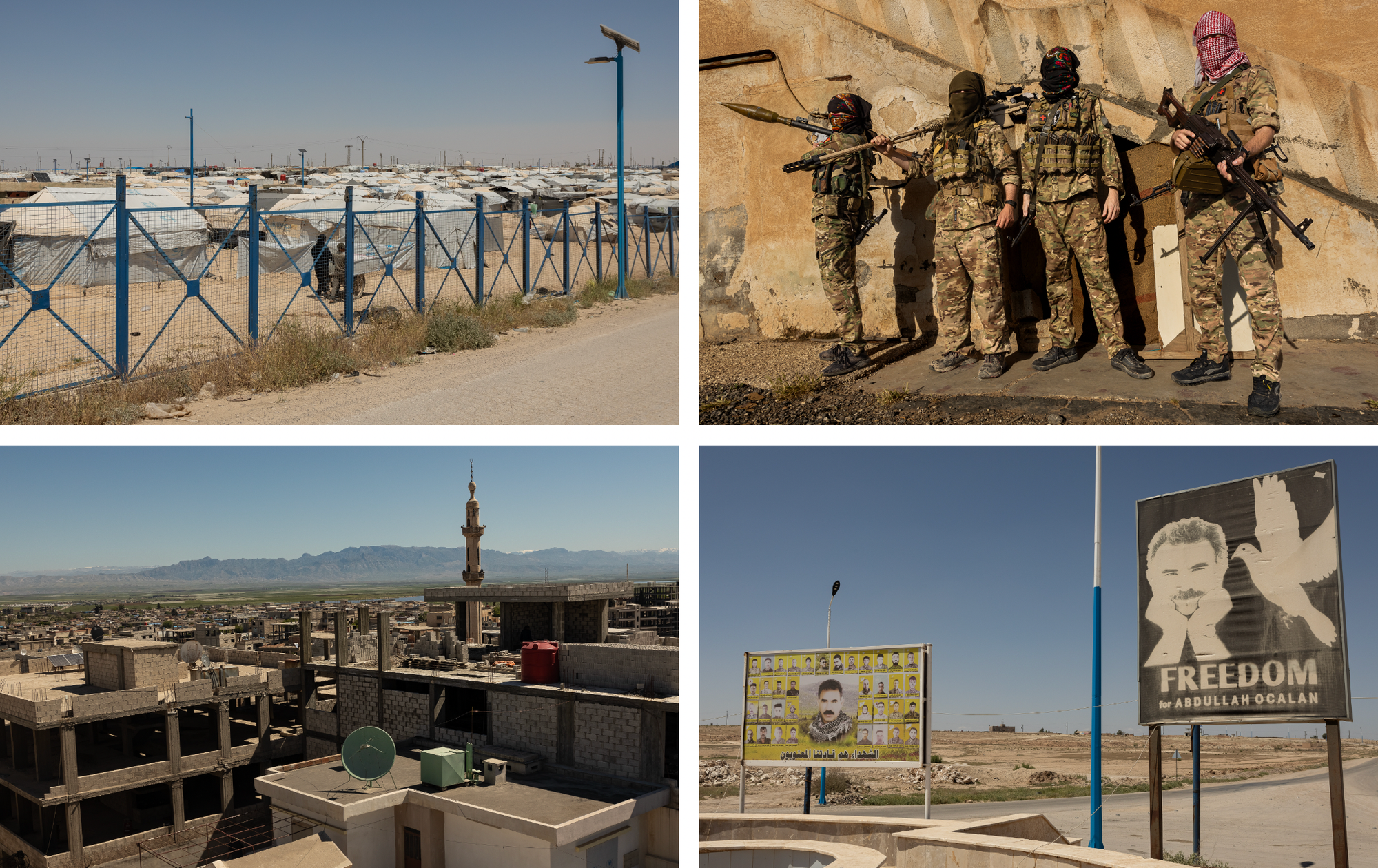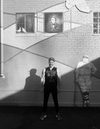12 Years of Revolution in Rojava

by Rowan Glass
On July 19, 2012, as Syria spiraled into a bloody civil war that still rages today, a revolution was born in the country’s north. A militia called the People’s Defense Units, or YPG, seized a military base in the city of Kobanî. They blocked roads, mobilized a mass protest, and peacefully escorted soldiers through the gates and out of town. This moment marked the beginning of the Rojava Revolution, a radical transformation of politics and society in northern Syria.
In the intervening 12 years, the people of Rojava—officially, the Autonomous Administration of North and East Syria, or AANES—have built a unique system of regional autonomy based on pluralistic direct democracy, women’s liberation, and social ecology. Drawing on decades of transnational Kurdish activism—as well as the political philosophy of the American theorist Murray Bookchin—this eclectic revolutionary experiment, against the odds, achieved remarkable success, longevity, and renown as a rare bastion of libertarian socialism in practice. Five million people and a third of Syria’s land area exist within this radical new reality.
Like the Zapatistas of Mexico, Rojava represents a liberatory alternative to the globally dominant status quo—one of unfettered capitalism, farcical “representative” democracy (when not unabashed authoritarianism), rampant inequalities, and ubiquitous ecological devastation. The potential of the Rojava Revolution is to chart an alternate path forward, to set an example for the world to follow.
